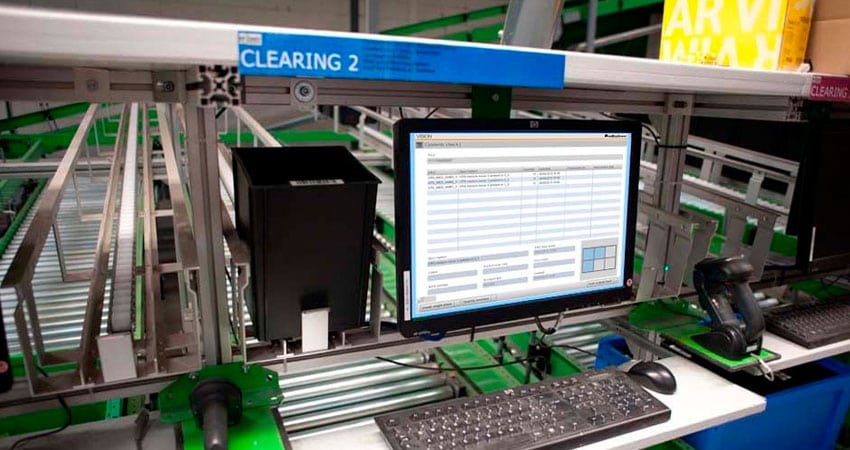Despite its many advantages, warehouse management system software or WMS is not in use at nearly 35% of distribution and fulfillment center operations, according to the latest survey by the Warehousing Education and Research Council (WERC).
“While 30% more facilities have implemented a WMS (than in 2008), almost 35% are still not using one to manage the warehouse, relying instead on manual means such as Excel and disparate modules to run individual functions,” WERC wrote in its report.
In terms of different types of automation and technology, 25.8% of warehouse professionals said they have installed voice-directed picking, 18.3% use radio frequency identification (RFID), 12% use pick to light and 11.1% have installed automated storage and retrieval systems (AS/RS). Three-quarters use some type of barcode and RF scanning system.
The survey of 549 industry professionals drew from various industries including manufacturing (28.5% of respondents) retail (25.4%), third-party fulfillment providers (22.7%) and wholesale/distribution operations (15.8%). Utilities/government, pharmaceuticals/life sciences and “other” made up the balance.
Surprisingly, drones and driverless vehicles (cited by 15% of respondents) were seen as more of a disruptive force than robotics and automation (11%), as the latter are already in play and the former down the road a bit. These were followed by the Internet of Things (8.1%), mobile technology (8%), blockchain (7.2%) and real-time data and analytics (7%).
Blockchain has great potential for improving supply chain security and transparency through smart contracts, and is being championed by giants like IBM, Microsoft and Walmart. Yet only 3.3% of respondents to the WERC survey have implemented blockchain to date, with 11.7% planning to do so in the next 1-2 years and 16.7% in 3-5 years. Over half of respondents (55%) said they were “not likely to incorporate” the technology.
Real-time data and analytics rated the highest in terms of near-term investments, with 42.7% of respondents saying they planned to implement it in the next 1-2 years, followed by mobile technology (33%), IoT (26.6%) and cloud-based services (21.8%).

